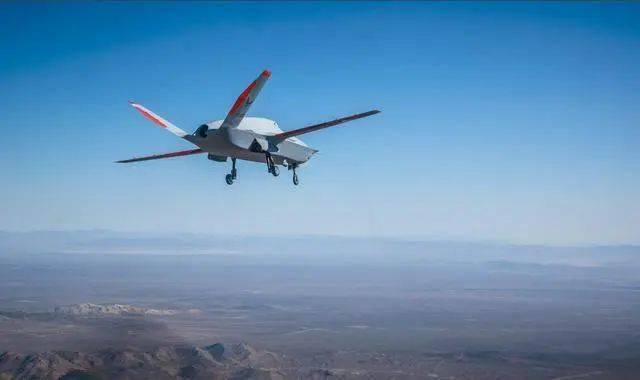Drone music is a genre characterized by sustained sounds, notes, or tone clusters – called drones – which emphasize the musical element of harmony rather than rhythm or melody. The complex sonic texture of drone music can produce both hypnotic and transcendental auditory experiences, making it a captivating field for both musicians and audiences alike. This genre can be traced back to various cultural and historical origins, including ancient religious music and the works of contemporary composers who sought to expand the boundaries of modern music.
The Origins and Evolution of Drone Music
Drone music has roots in the traditional sounds of many cultures, from the overtone chanting of Tibetan monks to the shruti boxes and tamburas of India. These instruments produce continuous sound conducive to meditation and spiritual reflection. Throughout history, drone music has evolved, finding its place in various musical genres, including classical, folk, and avant-garde. In the 1960s, minimalist composers such as La Monte Young began to explore the possibilities of drone music, paving the way for its integration into the broader musical landscape.
The Impact of Technology on Drone Music
The advent of modern technology has significantly influenced the production and consumption of drone music. Electronic synthesis and digital platforms allow artists to create complex soundscapes that were previously unattainable. The use of software to manipulate sound frequencies and textures offers new possibilities for innovation within the genre. Moreover, the ability to share music online has expanded drone music’s audience globally, fostering a community of listeners who appreciate its unique sound textures.
One of the most profound impacts technology has had on drone music is the introduction of ambient music, a genre that incorporates environmental sounds with traditional drone elements. Artists like Brian Eno began to blend drones with atmospheric layers, creating immersive sound environments that invite listeners to explore their subconscious minds.
The Creative Process Behind Drone Music
Creating drone music involves a delicate balance between composition and improvisation. Artists often start with a fundamental sound or note and gradually build around it, layering overtones or secondary harmonics to enrich the sound’s depth. This genre encourages musicians to explore unconventional tunings and sound manipulation techniques to achieve the desired emotional and psychological effects.
In drone music, the focus on harmony over rhythm allows musicians to experiment with duration and repetition, creating pieces that can last for minutes or extend to entire structures lasting hours. The sound’s immersive nature transports listeners to an introspective state, often described as meditative or serene.
The Influence of Drone Music on Other Genres
Drone music has left an indelible imprint on various other music genres. In contemporary classical music, composers like Philip Glass have utilized drone elements to create minimalistic compositions that emphasize the purity of sound and time. In rock and pop music, bands such as Velvet Underground have incorporated drones into their songs to add texture and emotion.
Furthermore, drone music has influenced the field of electronic music, particularly within the ambient and experimental scenes. Artists continue to push the boundaries of sound by integrating drone elements with beats and melodies, creating innovative soundscapes that challenge conventional musical structures.
The Future of Drone Music

As the landscape of music continues to evolve, so does drone music. The integration of evolving technology and creative experimentation ensures that drone music remains a dynamic and vibrant genre. Future advancements in sound technology will likely unlock new possibilities for artists to explore, allowing them to delve deeper into the sonic possibilities of drones.
FAQ: Common Questions About Drone Music
What is the appeal of drone music?
Drone music offers a unique auditory experience that emphasizes harmony and sustained sound. This can create a hypnotic effect, making it particularly appealing for those interested in meditation and introspective listening.
How do artists create drone music?
Artists often start with a fundamental sound or note and then layer additional tones to enrich the sound’s texture. The process can involve both composition and improvisation, allowing for personal expression within the structure of the music.
Can drone music be used for purposes other than entertainment?
Yes, drone music is often used for therapeutic purposes, as its soothing soundscapes can aid in relaxation and mindfulness practices.